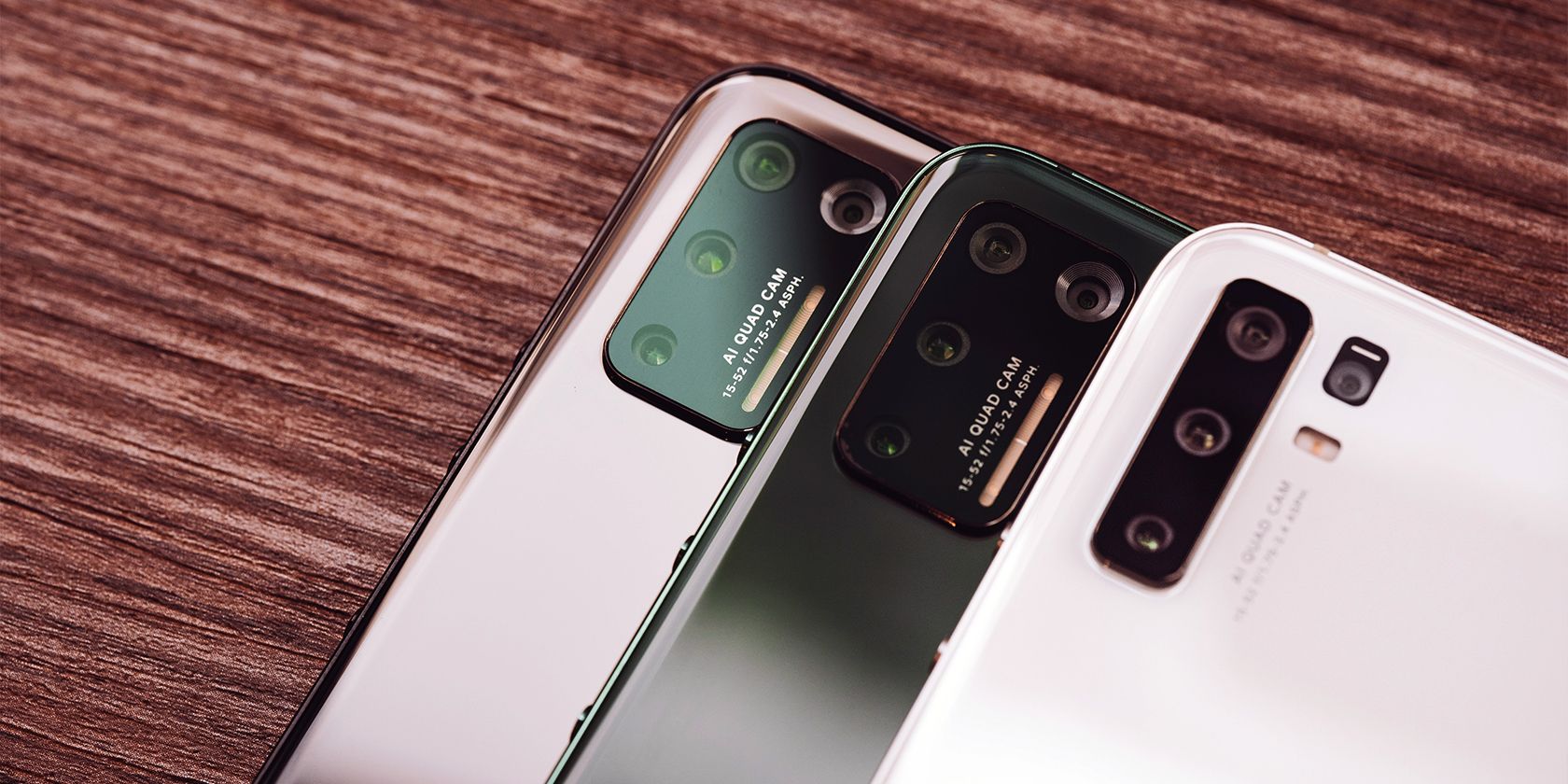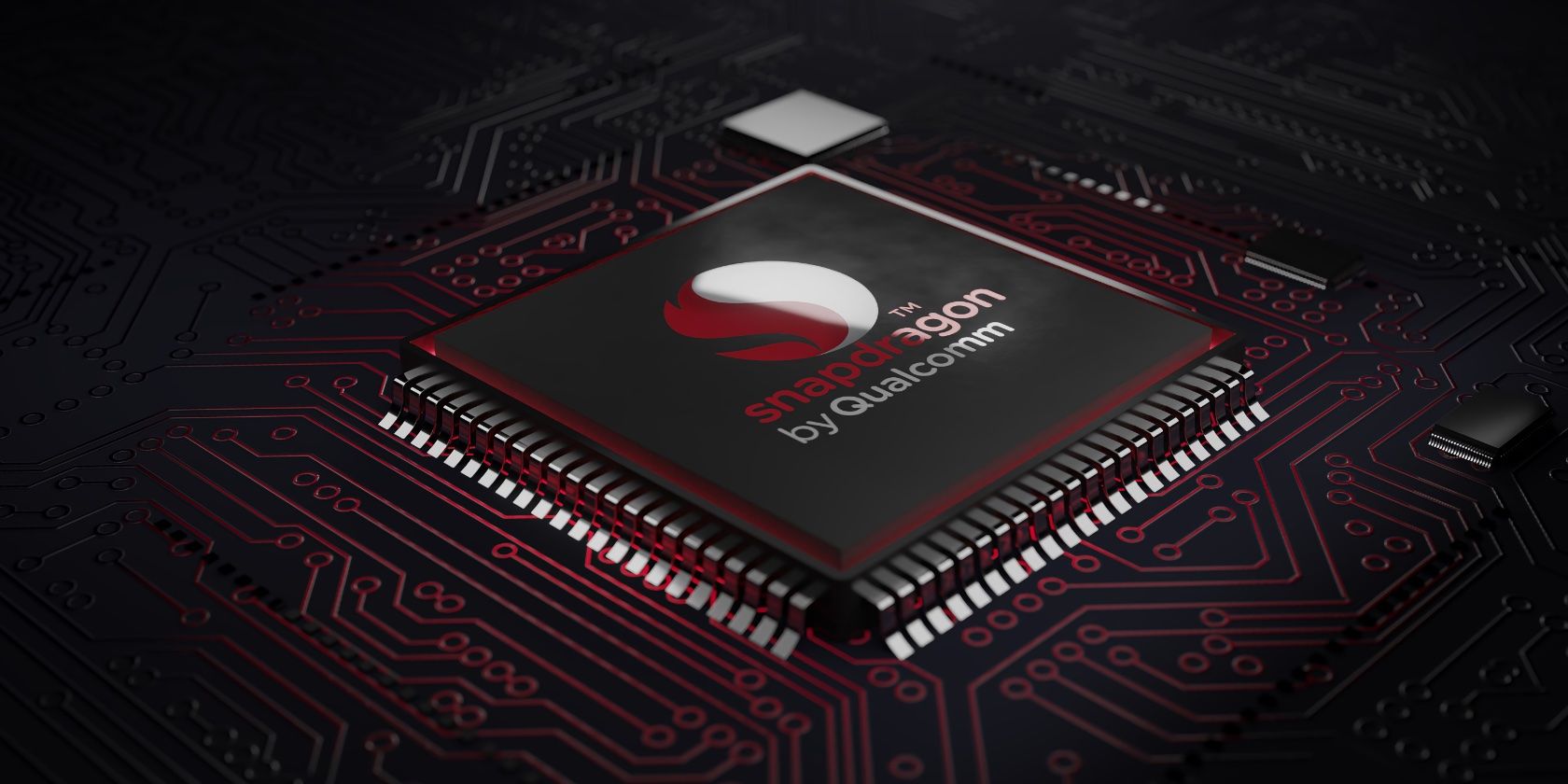If you're shopping for smartphones, the first thing you'll probably check is the spec sheet. While this is an excellent way to start figuring out if the device is for you, specifications on paper may differ from actual performance.
Smartphone manufacturers disguise low performance by writing bigger numbers elsewhere in the specs. But, even if those numbers are true, it doesn't tell the whole story. All it does is impress on paper, nothing more.
So, how do you check smartphone specifications? Which hardware capabilities should you disregard, or at least be wary of, when looking at a new smartphone?
1. Processor Cores and Speed
In the early days of computing, we were taught that more is better. However, this no longer stands true, especially with ever-decreasing chip sizes. For example, let's compare the iPhone 13 Pro Max and the Samsung Galaxy A53 5G.
The flagship iPhone 13 model has six cores composed of two 3.23 GHz Avalance and four 1.82 GHz Blizzard cores, while the mid-range Samsung device has eight cores composed of two 2.4 GHz Cortex-A78 and six 2.0 GHz Cortex-A55. If you add them up, the iPhone delivers 13.74 GHz total clock speeds, while the Samsung device has 16.8 GHz.
But it doesn't work this way. If you look at GeekBench results, the iPhone's 4,645 score has more than double the performance of the A53 5G's 1,891 points. You get this result despite both phones having the same 5nm process chips and Samsung's two extra cores. In this case, the iPhone's chip is more powerful, despite the "lower specifications" on paper.
If you're comparing processor performance between two phones, it's best to check what type of chip they're running and to look at their benchmark results.
2. Screen Resolution
While screen resolution is essential, up to a point, it's not the end-all and be-all for quantifying how your phone's screen will look like. For example, FHD (1920x1080) resolution will suffice for most smartphones with a 6.5-inch screen or smaller.
However, it's the screen brightness and color accuracy you want to look at when picking a phone. After all, what use is a high-resolution display if you can't see it under direct sunlight? Instead of looking at the pixel count, you should consider the type of screen the phone is using.
The best and brightest displays you can get today are AMOLED or OLED screens. IPS screens are also a good alternative, but you should avoid TFT displays. You should also look at the phone's brightness rating. An average of 800 nits brightness would allow you to see the phone's display, even if you're looking at it under the midday sun.
3. Megapixels
The megapixel race first started with digital SLR camera manufacturers upping each other, going from eight until they finally hit 20 megapixels and more. This race has profoundly impacted consumers, where many now equate more megapixels with better image quality.
So, when smartphones started getting cameras, manufacturers strived to add as many megapixels as possible to their sensors. However, this doesn't mean that image quality is as good as the numbers say.
Let's again compare the iPhone 13 and the Samsung A53. The former's primary camera only has a 12 MP sensor, while the latter has a massive 64 MP. But according to multiple reviews, the iPhone 13 Pro Max is arguably the best smartphone camera in 2022, with the Samsung A53 not even getting a mention.
So, if smartphone photography is important to you, don't base your decision on the megapixels. Instead, look at the phone's other camera features, like its sensor size (the bigger, the better), image stabilization options, and processing power. Better yet, look at results from reviewers, and you can see which smartphone camera offers the best results.
4. Digital (or Hybrid) Zoom
One other thing that smartphone manufacturers advertise on their smartphones is zoom. Some manufacturers say their phones have hybrid zoom, while others claim they have 100 times super-resolution zoom.
Whatever they call it, zooming in into a scene without an optical lens means a fall in native image quality and resolution. That's because what digital zoom does is crop into the image. If you're only zooming 1.5 to 2x closer, quality won't fall much, especially if you have a 50+ MP sensor. But if you're zooming in more than three times closer, expect the final image to be blurry.
Furthermore, if you're zoomed in at 100x, the phone must have good image stabilization, and you also must have steady hands (or at least a tripod or gimbal). That's because even small hand movements affect the image significantly, making for blurred, poor-resolution final photos.
If you're into mobile photography, you should consider optical zoom specifications. When you're using the camera lens to zoom in on a scene, you're not losing any resolution because the lens brings what you're capturing closer to the phone. So, when you take the image, you get the full resolution of the smartphone's camera sensor.
You should also consider a smartphone's ultrawide lenses, as they can help you compose unique images with your device. Without an ultrawide sensor, you will have difficulty capturing expansive scenery, group photos, and selfies.
Take Smartphone Specifications With a Grain of Salt
When browsing for a new phone, don't base your purchase decision on numbers on the box, GSM Arena specifications, or the smartphone salesperson's pitch. Instead, you should watch trusted reviewers take a crack at the device and see their thoughts on it. Or, you could read reliable publications and see what the writer says after living with the device for a couple of weeks.
Once you've narrowed down your choice to a couple of smartphones, that's when you should head to a physical store and see it for yourself. Answer the following questions: do you like the feel of the device? Does it fit your style and use? Will it fit your budget?
When you've finally got the answer to those, that's when you should make your choice. With that, you'll know that you've made an informed purchase decision, thus minimizing the chance of getting buyer's regret.


